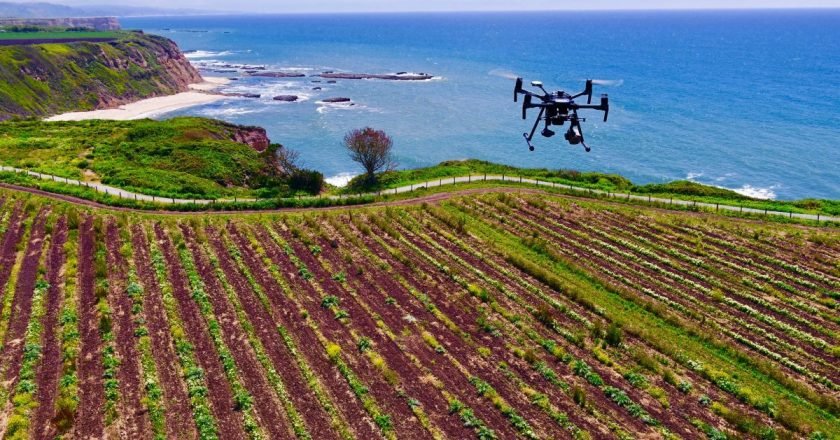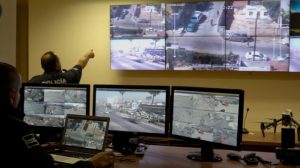The first time I met with Gerardo Cervantes, local Operations Manager for the Bay Area commercial drone software developer Cape, he had just successfully completed a contract with the city of Ensenada for a test project of drone-assisted first responder enhancement in cooperation with the local police department.
Mayor Marco Antonio Novelo had approved the test project, and reported to the public in June 2018 that the result of that effort was a 10% reduction in crime and more than 500 arrests, notably by apprehending perpetrators in the act of attempting home burglaries or other felonious activities.
Cape-enabled drones also proved invaluable in respect to the allocation of resources to assist first responders in many crisis situations, such as traffic accidents and critical medical emergencies.
Although Cape is based in the San Francisco Bay Area, they maintain a headquarters here in Ensenada, with an office in the Ensenada Business Center (on 4th Street in Zona Centro). They have a research and development team here, with Hector Elias (an Ensenada native) as the primary “test pilot” for Cape’s ongoing efforts to streamline and improve their state-of-the-art software.
Hector showed me some of the features of Cape’s technology that makes his company’s products superior to any other software on the market:
Drones equipped with the Cape Aerial Telepresence platform can be operated remotely from anywhere in the world.From his post near Playa Hermosa, he monitors a drone that is being teleoperated by an engineer in Redwood City, California.
Cape always utilizes the most sophisticated hardware available, including DJI M200 and M210 models, whose surveillance capabilities are second to none.
Currently, Cape is finalizing the details of a contract with the police department of Mexico City.
This arrangement was secured by Cape’s marketing specialist, Edgar Avalos, who I had the pleasure of meeting (along with Gerardo) on January 2nd.
Edgar told me that the cops there already have an operational drone program, but they are looking to improve their cybersecurity with the assistance of Cape’s software innovations. They’ll have Cape personnel present to train them and to assist them in any capacity necessary for rapid implementation of the new software to their existing (and additional) drones.
Both Edgar and Gerardo recall with pride the many situations in which they have interacted with local authorities to ensure safety and to improve response time in any critical event.
Cape provided surveillance for Peno Nieto when he came to Ensenada, as well as for AMLO when he was here campaigning.
They have been present at almost every activity where large crowds are present, such as music festivals and carnivals.
Notably, they provided aerial monitoring and drone security for the Baja 500 and Baja 1000 road races, from the starting lines to accident scenes along the routes.
In regards to the Mexico City implementation, Edgar said that the police department of that metropolis has such a massive number of personnel that Cape’s trainers will be training their trainers, and will have technicians present to assist in any manner necessary.
The benefit of having an R&D program here in Ensenada is primarily the absence of the air traffic regulations that are necessarily strict in the U.S. However (to my surprise), Edgar told me there is more air traffic here than most people realize, such as military and private helicopters, and the military air force base inside the city limits.
As a result, Cape maintains a 120-meter maximum to ensure the safety of other aircrafts, as well as of its own products.
Cape technology is versatile and impactful, and has repeatedly proven the ability to adapt expeditiously to the requirements of any given situation or event to which its assistance is requested.
As Gerardo says, “There is no competition.”
Cape is a dynamic organization, highly competitive, a close-knit team that is fiercely proud of its achievements, and is incessantly striving to improve upon its already remarkable software designs.
It is also transparent. As such, it offers to anyone who wishes to experience the thrill of flying a drone a program to satisfy that desire. It’s available weekdays from 8 am to 4 pm, and can be accessed through fly.cape.com.
Try it, you’ll like it! A trained technician will guide you through the 3-minute flight.










